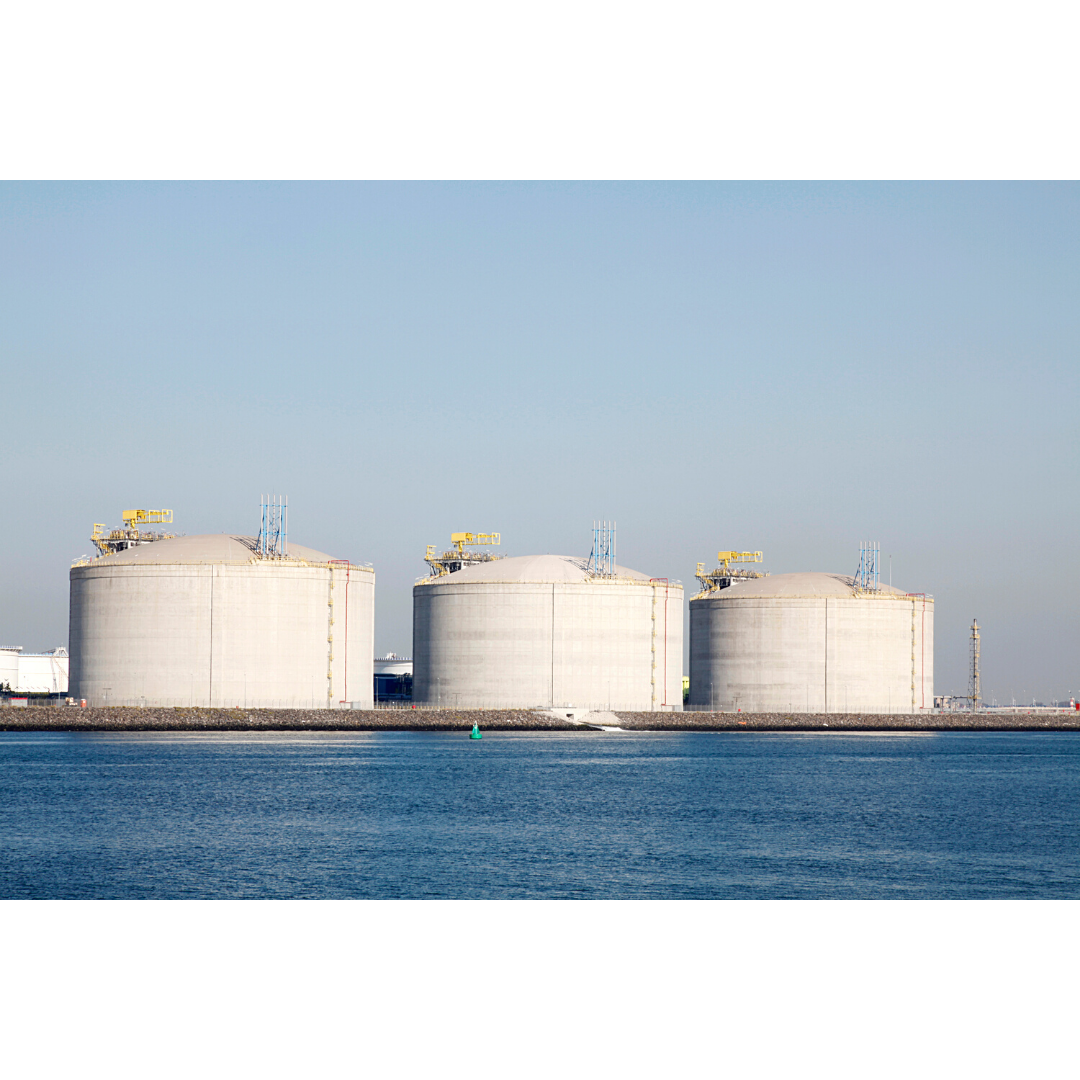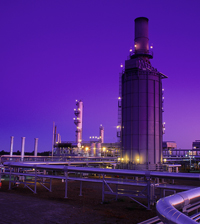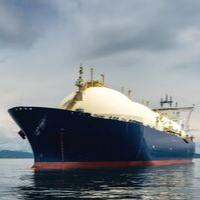There are three key processing units, viz. Acid Gas Removal Unit (AGRU), Mol Sieve Dehydration Unit (MSDU) and Mercury Removal Unit (MRU) that are common in both gas processing, and LNG facilities. In this TOTM, we discuss some common operating problems associated with these process units and suggests ways to troubleshoot the root cause of these operational issues. The key to successful operations of these units is the understanding of the parameters that cause the primary operational issues and address these at the design stage of the project. [Keep reading]
Our Blog

The construction costs of LNG storage tanks are very high, mainly due to the availability and cost of nickel. Most LNG storage tanks built in the modern era use 9% wt nickel steel as the materials of construction because of the materials well documented toughness at cryogenic temperatures. This article looks at advances in cryogenic metallurgy in order to reduce construction costs while maintaining a safe operational environment. [Keep reading]

The base material for the tank containing the liquid gas (such as LNG) at below -165°C (-265°F) must remain ductile and crack resistant with the highest level of safety. The material must also permit welding without any risk of defects, for example, induced brittle fracture. Stainless steels, aluminum and 9% nickel steels can be used as they do not have a ductile/brittle transition temperature. However, in practice aluminum and stainless steel have become uneconomic for large land-based tanks but aluminum alloys are used for the large spherical tanks in gas tankers because of the lower weight. 9% nickel steel provides an attractive combination of properties at a moderate price. A high corrosion resistance is not required for LNG tanks. Steels alloyed with nickel are used in many cryogenic applications since nickel improves the quench ability and improves the notch toughness at low temperatures. Steels with 3.5% nickel, 5% nickel and 9% nickel are used at temperatures below -50°C. At temperatures below -104°C down to -196°C (-155°F down to -320.8°F) mainly the 9% nickel steels are used. The 9% nickel steel was developed in the early 40s following the “The Disaster of the Cleveland East Ohio Gas Explosion” in 1944. To learn more, please read this TOTM that discusses the incident in 1944 and the changing the metallurgical requirements for LNG Containment Tanks as a result. [Keep reading]

This Tip of the Month endeavors to provide some current information regarding one of the most commonly applied LNG liquefaction technologies known as the APCI C3/SMR process which is present in over 40% of the worlds’ 33 existing Process Gas LNG Liquefaction Plants. [Keep reading]
This study was undertaken to investigate the composition and Wobbe Index (WI) of Boil-Off Gas (BOG) in an LNG carrier ship. [Keep reading]

This Tip of the Month gives a useful review of common LNG conversions, LNG Parity value and their impact on the market. [Keep reading]





